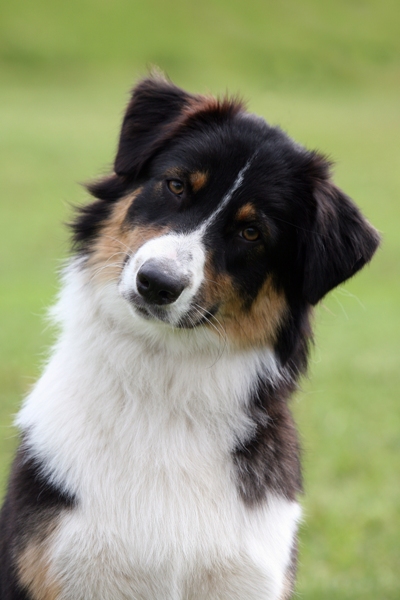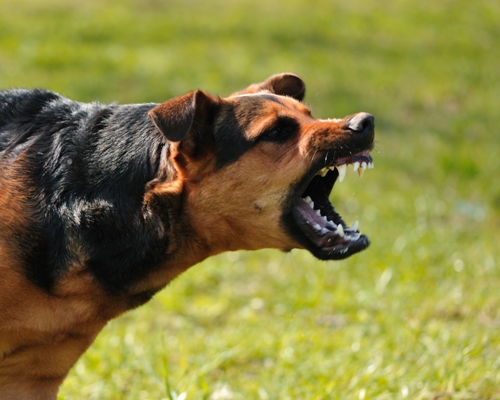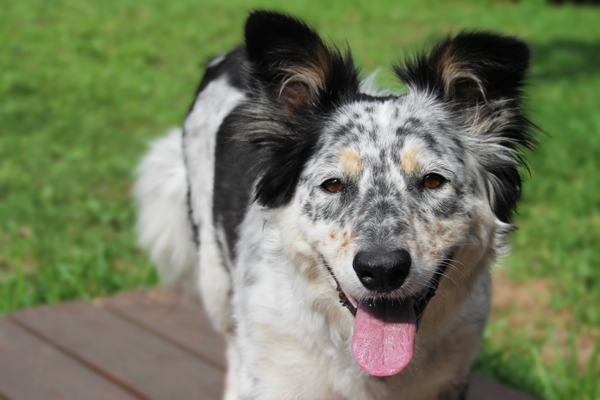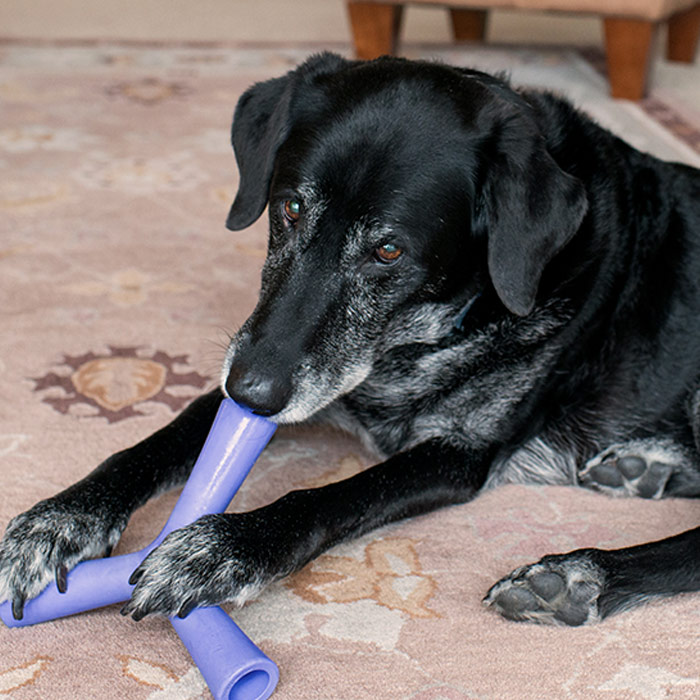Understanding your dog’s behaviour
Dogs use their bodies to talk with us all the time.
If you have a dog at home or know a dog, are you prepared to listen to what they’re saying? If you own or have ever owned a dog, you won’t argue with the fact that they’re very expressive animals. Whether they’re wagging their tails, panting with tongues out or cocking their heads to the side and giving a whine, one thing is clear: they’re communicating with us – all of the time.
Just like a crying baby that may be demanding a feed or their nappy changed, it’s important to be aware of what our dogs are wanting, needing or the state of their mood.
We’ve put together a sort of canine dictionary or translator’s guide to help you decipher just what it is your dog is trying to tell you. You never know, maybe you’ve been missing out on interesting conversations this whole time!
Saying it with their mouths. While dogs don’t speak (not in any language we can understand), they can communicate quite a lot with their mouths. Dogs that are comfortable, relaxed and calm will have their mouths closed or slightly open.
Dogs that are feeling frightened, submissive or threatened will often have their mouths closed with the corners slightly curled in a grinning fashion.
If your dog is panting, there’s no real communication going on here. Dog’s pant whilst feeling hot, especially after or during periods of exercise to regulate their body temperature. If panting, your dog may be in any number of moods.
Dogs who are showing aggression will tighten their lips around their teeth. If the dog raises the lips to show their teeth and the nose is wrinkled, the dog is in an extremely aggressive state.

It’s not just a wagging tail that talks. We all know that a wagging tail points to the happiness or excitement of a dog, but what do all the other tail movements mean?
Well, to begin, a wagging tail can also point to aggression. A wagging tail can mean a number of things, including happiness or excitement. Depending on the breed of the dog, a still tail could still mean the dog is feeling playful.
If your dog’s tail is not wagging or wagging gently from side to side, this generally points to the dog feeling calm or content. If your dog’s tail isn’t moving but is being held in its natural position, this is also pointing to contentedness.
In the case your dog’s tail becomes erect and moves rigidly from side to side in a swatting motion, they are likely feeling alerted or aroused. You’ll notice this kind of tail movement when your dog is investigating a suspicious smell or unfamiliar animal.
A tail tucked between the legs can be a sign of your dog’s nervousness or a defensive response at a time of aggression.

Ears aren’t just for listening. Dogs communicate quite a lot with their ears. The ability to communicate with them and the ways they’re used will determine o the breed of your dog. Dogs with floppy ears tend to communicate less with them, however you’ll still notice at least some movement most of the time.
You’ll notice that, just like the tail, when your dog’s feeling comfortable and relaxed they will hold their ears in a natural resting position. If your dog is feeling alerted they will prick their ears up and point them towards the object of interest. Dogs that are showing the first signs of aggression will also display erect and forward-facing ears.
In the case your dog is feeling submissive, nervous or frightened, their ears may take a swept-back position or remain low and stick out from the head. Ears in this position may also signal a dog is in a heightened mood of aggression.

General body language speaks volumes. Just like in humans, you can tell a great deal about what your dog is feeling or thinking by how they hold themselves.
If your dog comes into contact with another dog and they are trying to appear dominant, you will notice that they will attempt to appear as tall, strong and alert as possible. You’ll notice that there may be a spring in their step, their ears may be pricked and facing forward and the tail will most likely be erect and busy.
On the other side of the spectrum, dogs that are feeling submissive or frightened will hunch their bodies, trying to minimal their profile to insist they are not a threat. This action is aimed at avoiding any unnecessary aggression. Dogs that are submissive may also lie down at the feet of another, more assertive dog.
Now that you’re fluent in dog-speak, you’ll be better equipped to understand the mood of your dog and the other dogs around you. It’s important to be aware of a dog’s emotional state, especially when meeting unfamiliar dogs for the first time or socialising your own dog.
Bow Wow Meow Pet Insurance can help protect you and your dog should an unexpected trip to the vet occur.
- Find out more about our dog insurance options





